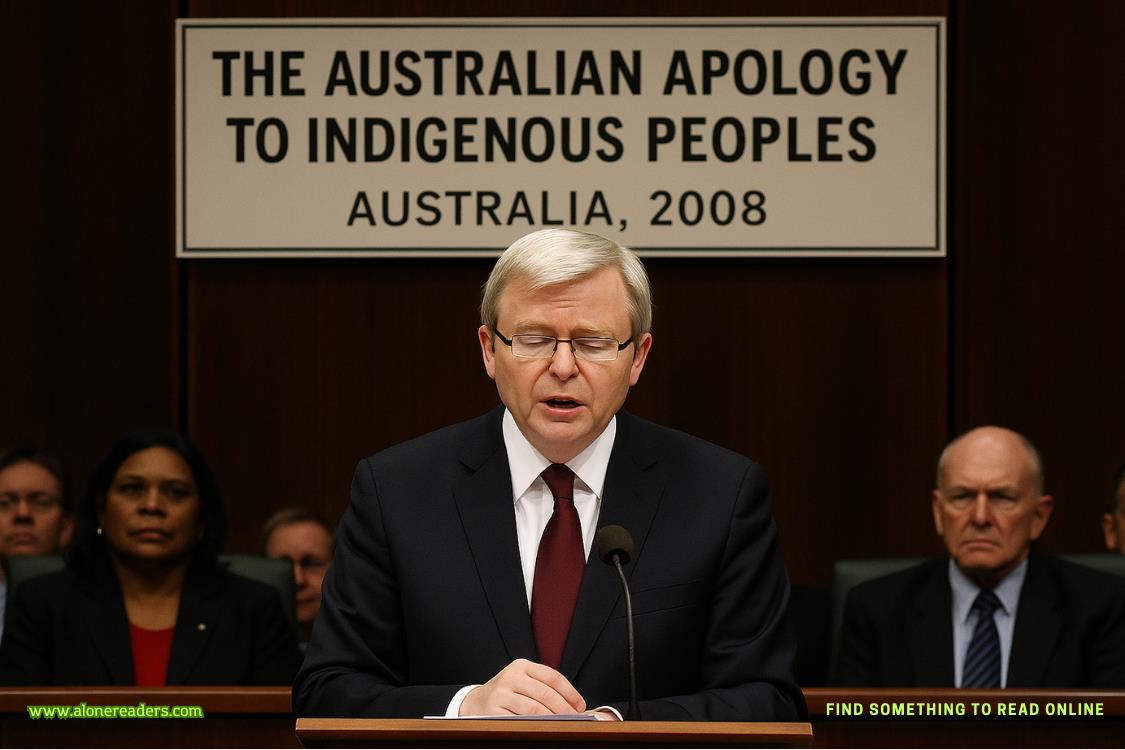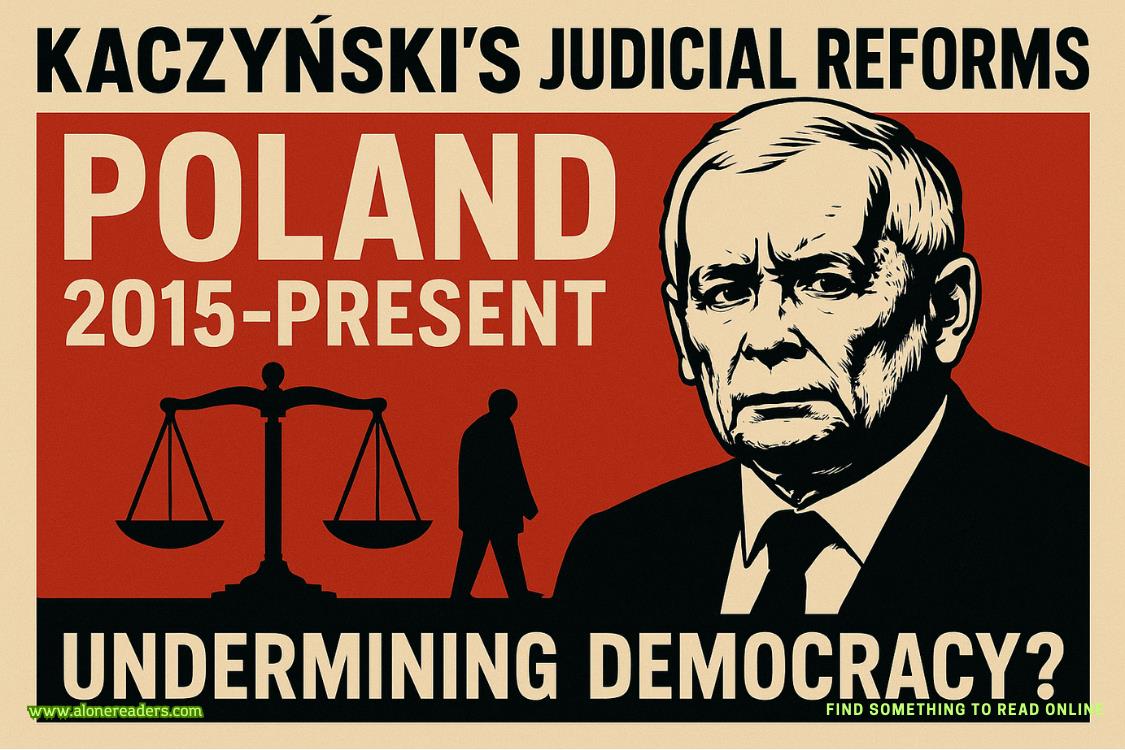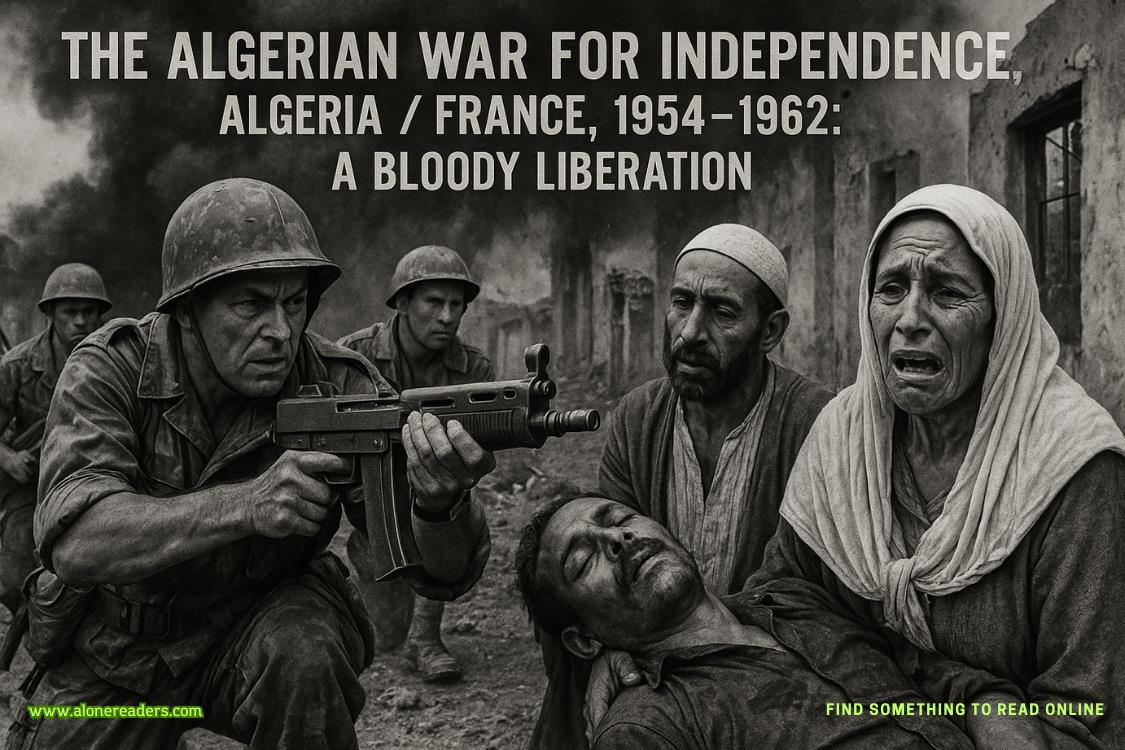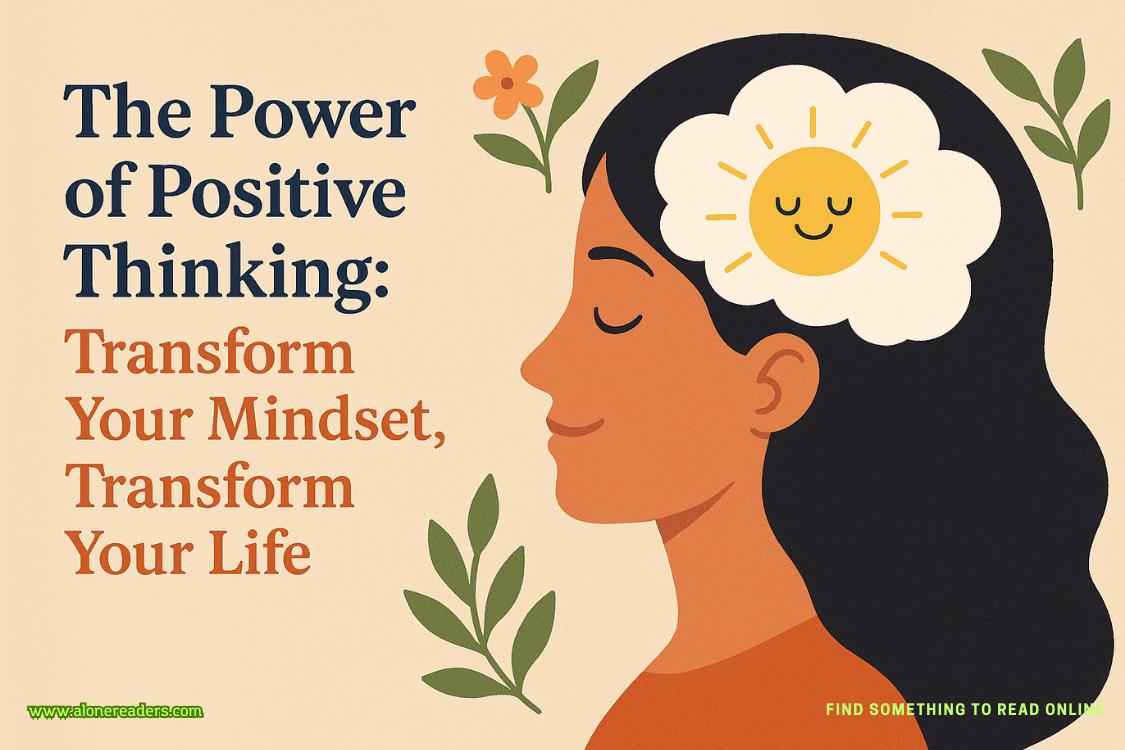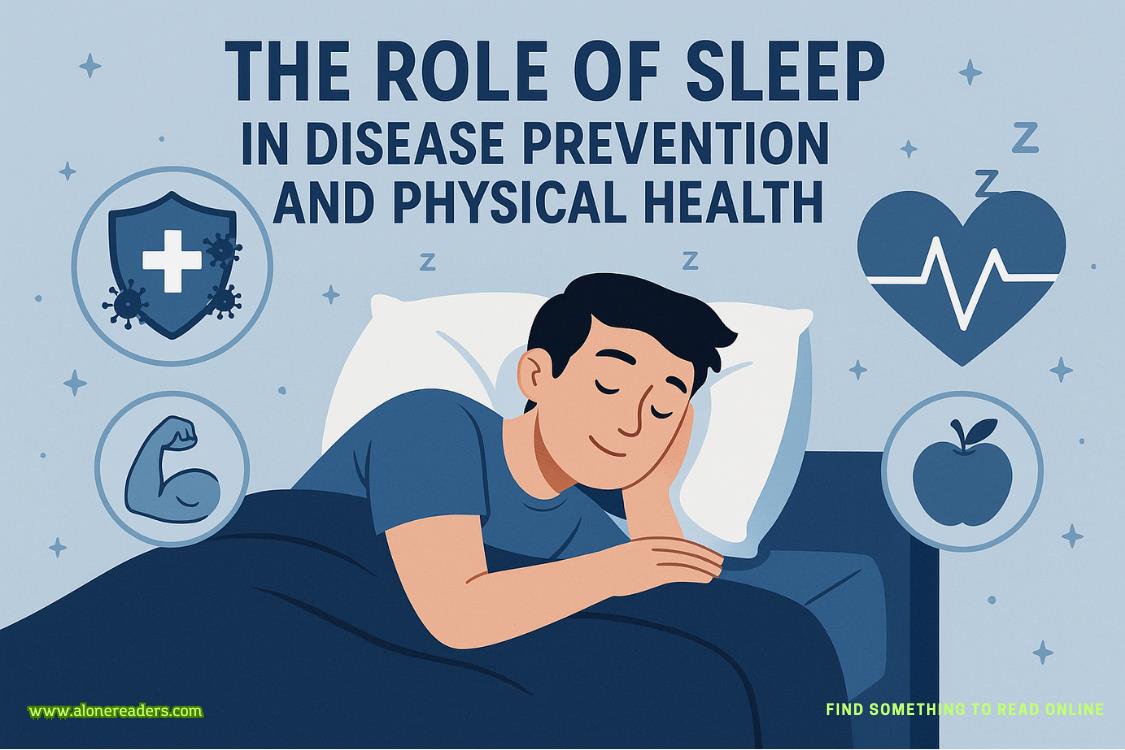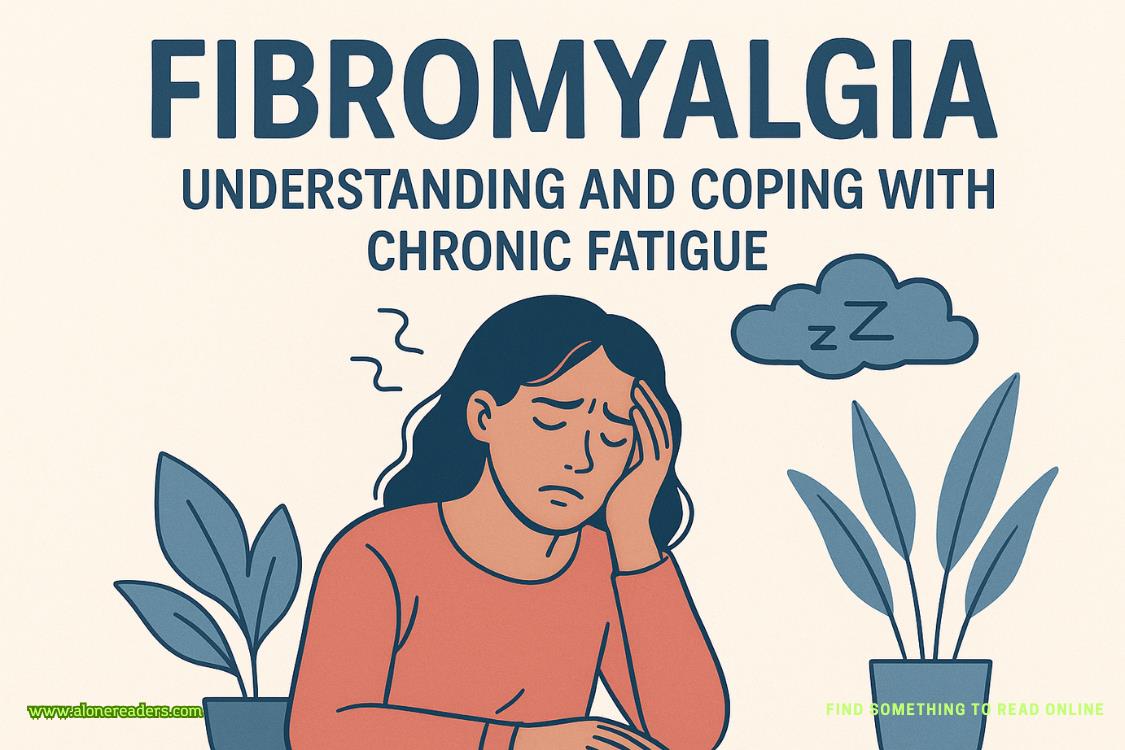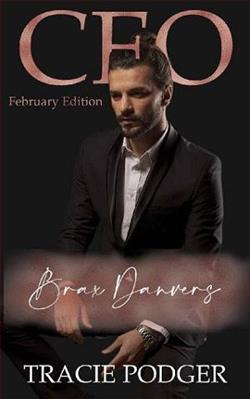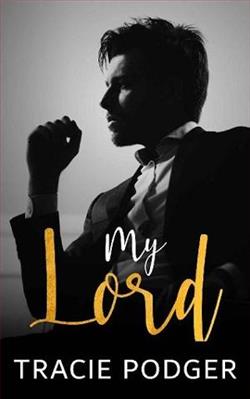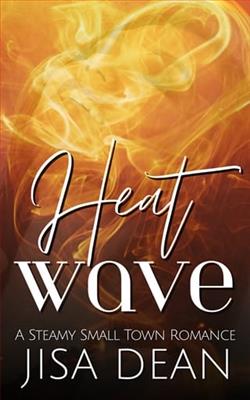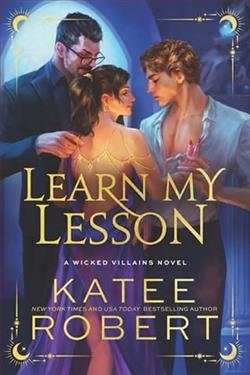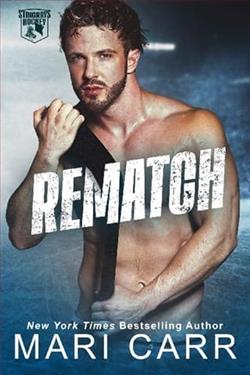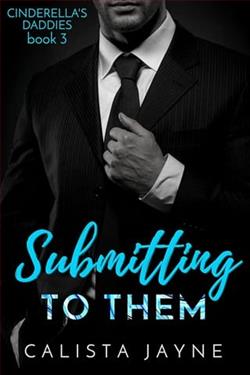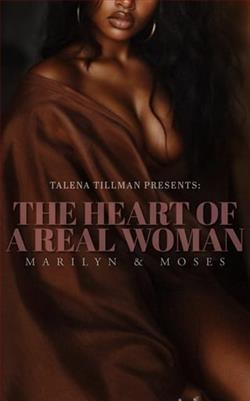Page 21 of Badlands
“There’s quite a bit more,” he said dryly, ushering them down a hall and into his study. This room was even more stunning, its walls covered with splendid examples of Native American beadwork, painted parfleches, masks, decorated cradleboards, and—she recognized with a start—an extremely rare Lakota ghost shirt. Nora had refreshed her knowledge of Nash and the historyof his collection before the interview. He’d inherited the collection from his grandfather, a self-made industrialist who, later in life, had traveled the country buying Indian art and artifacts. But the grandson had outdone the grandfather in his passion for collecting Native American art, and the young Nash had obviously amassed what might be the finest private collection of its kind in the world.
“Please, have a seat.” Nash indicated several plush leather armchairs and a couch. Nora sank into the sofa while Skip followed suit in an adjacent chair. In addition to the displays, there was a kiva fireplace in one corner, and a wall of books at the far end of the room. Nash rolled a chair out from behind his antique desk and took a seat. Clasping his hands and leaning forward, he said, “I don’t often get visitors from the Archaeological Institute. They don’t seem to like me over there.”
“Why not?” asked Skip ingenuously.
Nash gave a chuckle. “I know as much about Indian artifacts as any archaeologist out there—but all I have is a BA. That doesn’t sit well with folks who’ve toiled for years in a museum basement getting their PhD. On top of that, they accuse me of being unethical, paying top dollar for important Native American art.” He waved his hand. “Those academic bumblebees are always buzzing around me disapprovingly. They think only museums should own this stuff.”
“Um, right,” said Nora, realizing the conversation was drifting on a treacherous tangent. The bad blood between Nash and the Institute had started when the Institute turned down a gift he’d offered of a rare, prehistoric Pima feathered basket because it lacked provenance—in other words, there was no history of where the basket came from, which raised the possibility it might have been looted or acquired illegally.
She quickly spoke again. “We’re hoping you might help us track down the source of two rare artifacts that recently came to light.”
“Of course. Happy to help. Tell me about these artifacts.”
“They’re two prasiolite lightning stones. Just like the two I believe you own.”
At this, Nash seemed to freeze a moment in astonishment, but his smile quickly returned. “My, that’s quite a discovery. Can you tell me the circumstances?”
Nora had pondered how much to share with him, and she’d decided it would be useful if he knew at least the basic facts. “I’m working with the FBI on a case. I’m supposed to keep the details confidential.”
“The FBI?” Nash was surprised afresh. “Now I’m really intrigued. Of course, I’ll keep anything you tell me to myself.”
“Thank you. The two stones were found with human remains in the Ah-shi-sle-pah badlands. The victim was apparently carrying them when she died, about five years ago. I’ve been asked to see if we can’t trace where they came from, and how she happened to have them.”
Nash was leaning forward in his chair, a look of intense interest on his face. “How’d she die?”
“We’re not sure, but it appears to have been heat exposure.”
“No kidding.” He seemed to think for a moment. “And you’ve come to me because I’ve got the only other known pair in existence.”
“That’s right.”
“Would you like to see them?”
Before Nora could answer, Skip said with enthusiasm, “Hell, yes!”
Nora cast him a cautionary glance, but he was too thrilled to notice.
“I keep them in my vault.” Nash stood up.
Nora rose, and so did Skip. They followed Nash out of the study and down a long hall to a nondescript door. Nash opened it and shoved aside some old coats to reveal a large steel door at the rear. After punching a code into a keypad and turning a wheel, he eased the door open, reached in, and flicked on a light.
“Holy crap,” Skip breathed, staring.
It was a walk-in vault, perhaps ten by twelve feet in size, stuffed to bursting with treasure: hammered gold pectorals, Indian peace medals, ceremonial pipes, framed letters, historic photographs of Native American leaders, and many other strange and precious artifacts. At the far end stood a painted wooden sarcophagus leaning against the wall, containing a full-size Egyptian mummy, arms crossed over its chest. A section of one wall was festooned with Peruvian and Colombian gold ornaments, and other shelves contained small caskets of treasure: one full of loose rubies and emeralds, another stacked with Saint-Gaudens twenty-dollar gold pieces, a third filled with five- and ten-dollar gold coins.
“Come on in,” said Nash. “There’s plenty of room.”
“Are those real gold bars?” Skip asked, staring into a corner that had escaped Nora’s attention.
“One hundred ingots weighing a kilogram apiece.” He chuckled. “That’s for when America’s house of cards comes down and fiat currency isn’t worth a damn. I’ve got lots of gold. For example—”
He took a key down from one wall, unlocked a metal cabinet, and slid open a drawer to reveal dozens of gold nuggets reposing on black velvet like so many gleaming eggs. “Genuine, historicforty-niner nuggets from Grass Valley and the American River. Almost all the placer nuggets were melted down into bullion—these are among the very few surviving.”
“And the mummy?” Skip asked. “Where’d that come from?”
“Oh, just a traveling companion I picked up in Egypt,” he said.
Nora could see that Nash was having a marvelous time showing off his collection, and that Skip’s enthusiasm was only urging him on. But she needed to get the conversation back on track. “Mr. Nash, we’d love to see the stones.”

